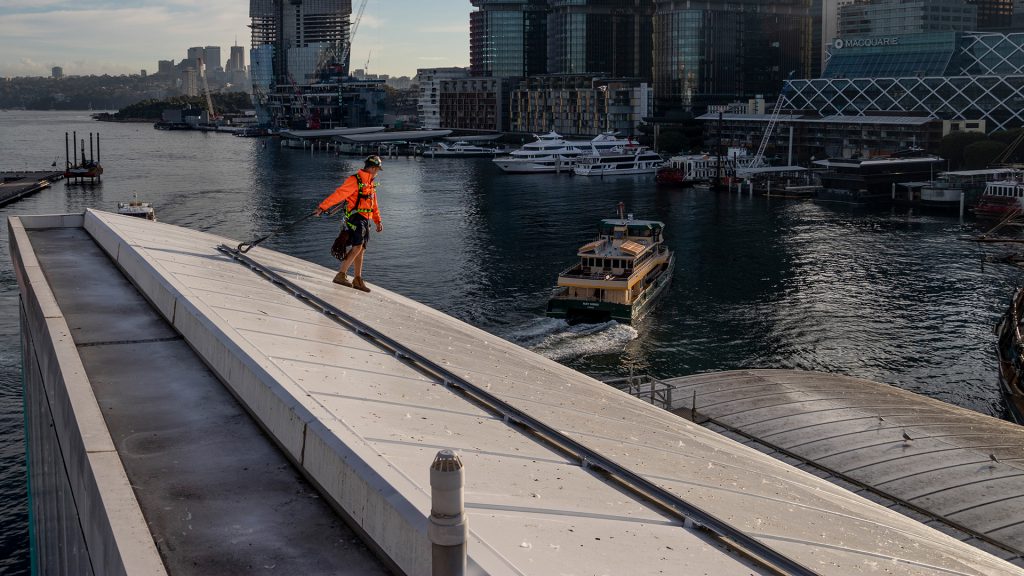
Workers are the most important reason for being proactive with workplace safety. Individual workers are the ones accessing high-risk areas to complete tasks, perform maintenance or effect repairs.
Workers are those on the front lines. They are the people that physically access high-risk areas to perform their jobs. A worker could be anyone – from an air-conditioner technician carrying out routine maintenance of a building’s climate control system to an electrician running network cables through a new office block.
Workers are the ones that are constantly exposed to risk – whether it be a fall from height or something arising from being in a confined space. They are the people that, ultimately, all safety systems are designed to protect.
It is important that workers have both an understanding of the risks associated with their work, and also be empowered to advocate for their safety. All the safety systems in the world can be developed and implemented, but workers need to be equipped with understanding and knowledge of them to best take responsibility for their own safety.
Along with this, workers should be able to seek improvements to safety prior to starting work. Height Safety Engineers believe that workers should be empowered to advocate for their own safety. They are the ones going into high-risk areas, their views should be given considerable weight as a result. Employers, facility managers, building owners and other parties to the contractual chain should welcome anything that seeks to improve workplace safety. No worker should be coerced into placing themselves at unnecessary risk.
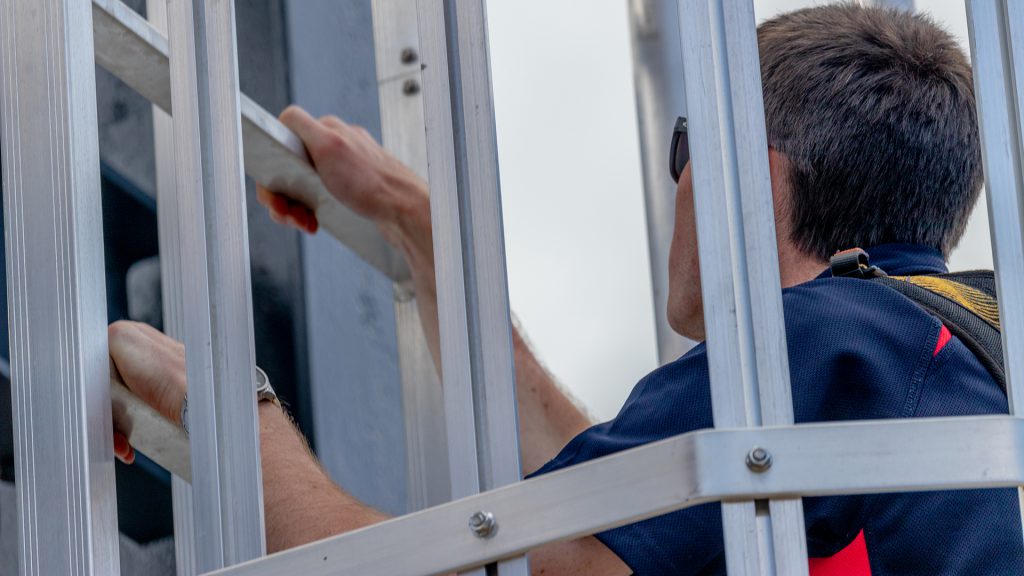
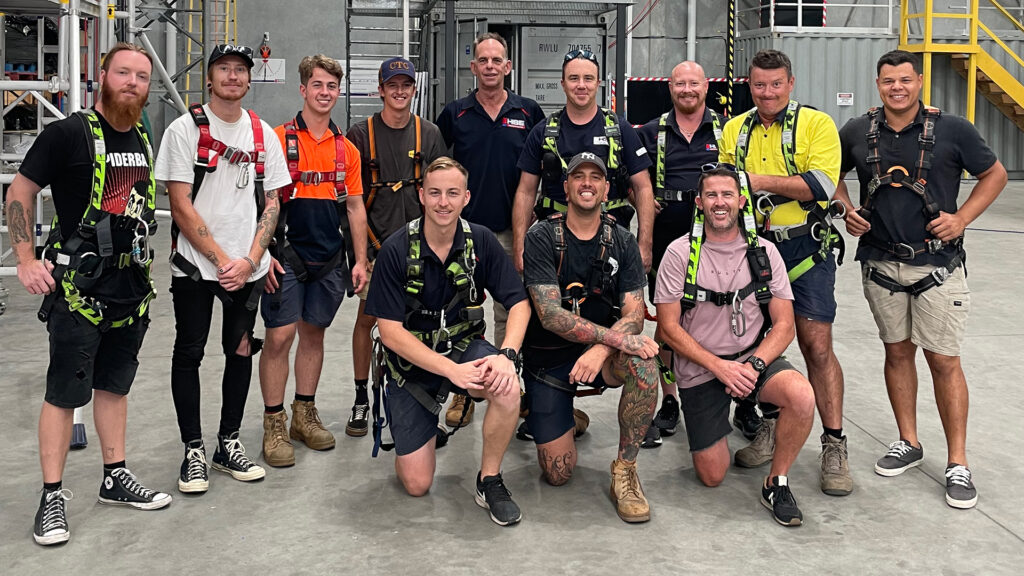
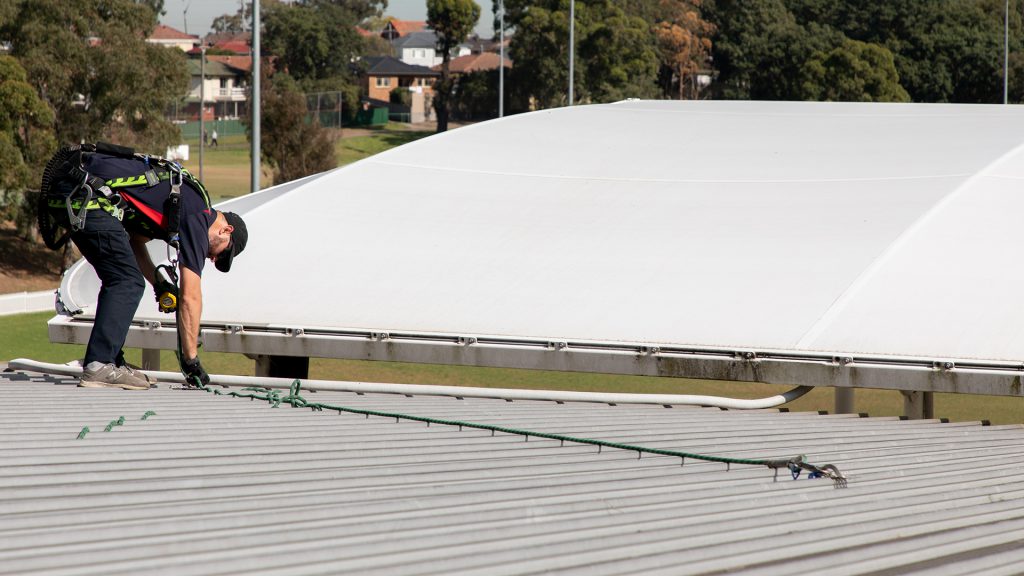
The importance of training
No matter what sort of work is being completed, it is very likely that some level of training is going to be required. There are a range of training courses that every worker – regardless of their occupation – would benefit from completing. These provide skills that could become handy not just at work, but in life more generally.
For those working in trades, construction and industrial sectors there are generally three basic levels of training that need to be completed prior to starting work. Every worker should have completed a general safety induction, task-specific training and then site-specific training. This ensures they are aware of general, work and safety issues and are equipped with the skills to mitigate those risks.
A general safety induction covers a wide range of basic risk identification, emergency response and safe working skills. In Australia, the general induction is a nationally-accredited training course CPCWHS1001 Prepare to work safely in the construction industry. This general induction qualification is colloquially referred to as a “white card”, and holding one is often a compulsory requirement before a worker can enter a job site.
The next step on the training ladder for workers is task-focussed training. For those needing to access areas at height, this could be working at heights training. For those needing to access pits, trenches or tanks then they would complete confined space training. Task-focussed training provides workers with a basic set of skills for identifying and mitigating common safety risks found in work places related to that training.
Finally, each worker should have training on the specific systems in place at the job site. This can also be called a system induction. Completing such an induction is an indication that the safety systems on the building and the safety processes of the employer are aligned to allow work to be completed safely. It is a guide to using the system and assist in making workers aware of how the system is to be used correctly, as well as seeing first-hand what limitations the system may have.
Site induction training like this also gives workers understanding of what PPE and safety equipment they are going to need in order to carry out the work.

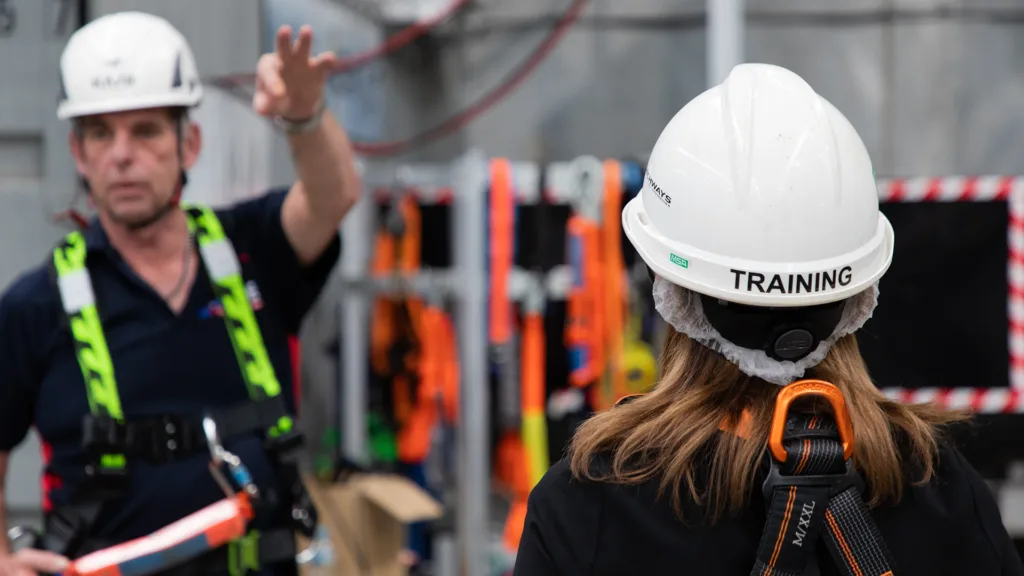
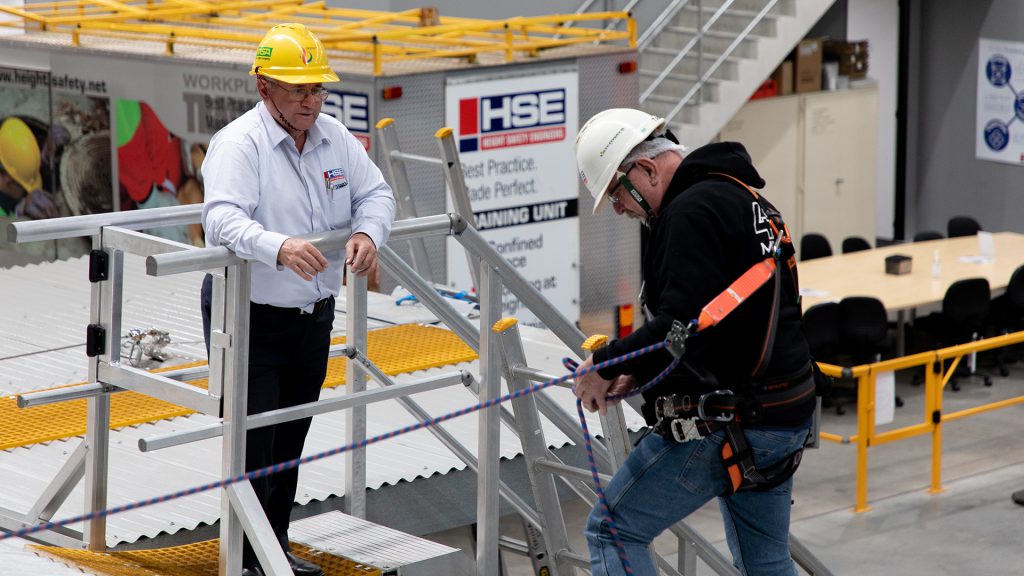

Using the right equipment
Workers should always be using the most appropriate PPE not just for the work they are doing, but for the safety systems they may be using while they do so. Having all the procedures and systems in place accomplishes very little of workers do not use the correct safety equipment. Using incorrect PPE can decrease efficiency, but more importantly it can place workers at risks that could be simply mitigated by making a better PPE choice. What PPE a worker needs is dependent on the work they are doing and the location where the work is being done.
There are a different things that should be addressed when sourcing PPE, especially when work is being completed at height. First, the PPE should be comfortable when worn for lengthy periods of time and easy to don. Working on roofs or other at heights areas can take time. Harnesses should be comfortable and easy to put on. Putting on a harness should be an simple process that takes no time at all. This minimises the desire to skip using it.
Secondly, the PPE should be suited or the work being carried out and the fall protection system being used. For example, there are different types of fall protection harasses to suit different types of work, and different body types. Using a poorly-fitting harness that is not made for the work your team is doing can place them at unnecessary risk should an accident occur.
Finally, any PPE being used should be manufactured to be compliant with the relevant Australian standards. Once purchased, PPE needs to be regularly inspected (at least every six months) to ensure that it remains in good working order and is not damaged or degraded. This is required to keep the equipment in compliance with the standards over its working life. Damaged and degraded PPE should be taken out of service and replaced. To assist in keeping PPE inspected on schedule, it is recommended that a log be kept of all equipment.
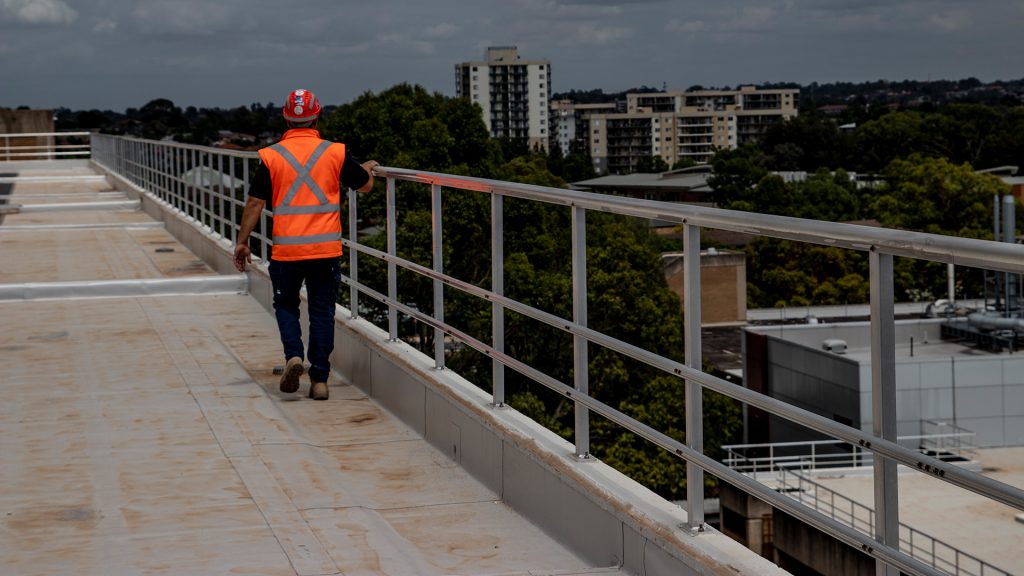
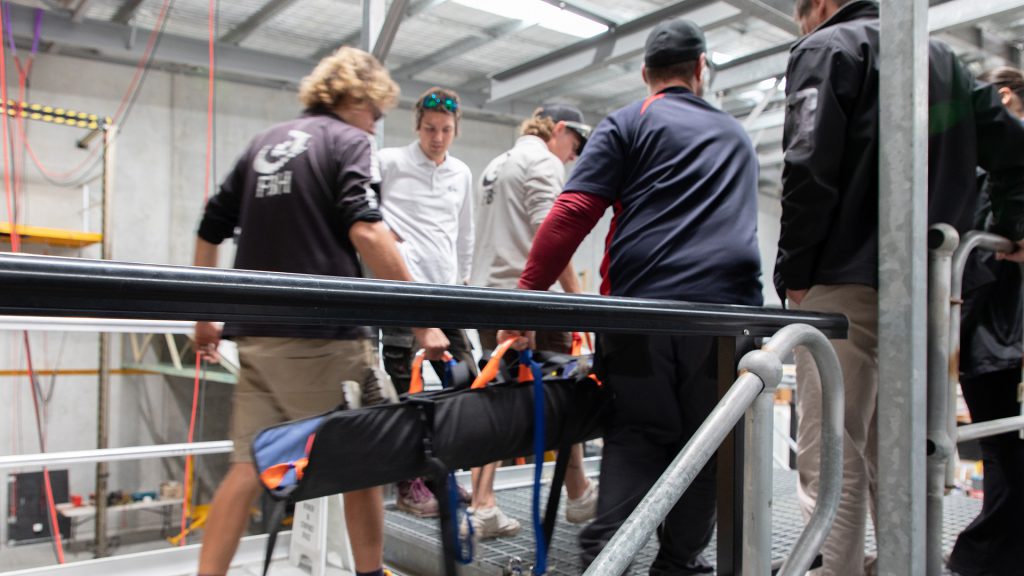
Understanding safety systems
Having the right training and equipment combines with experience to help workers develop sound understanding of safety systems and their use.
Developing this knowledge is key for workers as it works to improve their understanding of height safety risks and how to mitigate them. It also has additional benefits in creating familiarity with common systems that then can increase efficiency and reduce the amount of time it can take to complete a job.
It is always worth taking the time to make sure that all documentation and procedures match up with the work that is planned and the safety systems that will be used for protection. Understanding the system, worker needs and the job itself provides the foundation of the safest possible work day.
Speaking up about safety
It is important that everyone involved in working in high-risk areas – from building owners all the way down to individual workers – be proactive in promoting and fostering safe work environments.
Employers should be empowering workers to speak up when it comes to raising concerns about safety, and those concerns should be acted upon by PCBUs. Everyone deserves to go home safely at the end of the day.
With the proper training, and using thorough documentation and following well-designed work procedures, workers can be more assured that steps have been taken to protect them from any risks associated with their job. It also equips them with the information they need to be able to identify any shortcomings that might exist, and raise those so they can be rectified.
Issued raised by workers regarding safety should be taken seriously by their employers and those responsible for the work site. Workers are the ones physically going into the high-risk area, and are exposed to the potential of being injured, or worse, should an accident occur.
While protecting workers from harm is the most important outcome for having ongoing safety discussions, employers can also benefit. Taking safety seriously has direct benefits from reduced down time from team members needing time away to recuperate from injuries to lower insurance premiums and work being completed more efficiently. Companies with a strong safety record are also seen as preferred employers. At a time when finding team members to increase capacity is difficult, having a strong safety culture makes companies stand out in the market.
Promoting a safe work environment and building a culture of safety is something that every business should be seeking to do. Protecting people has clear benefits.
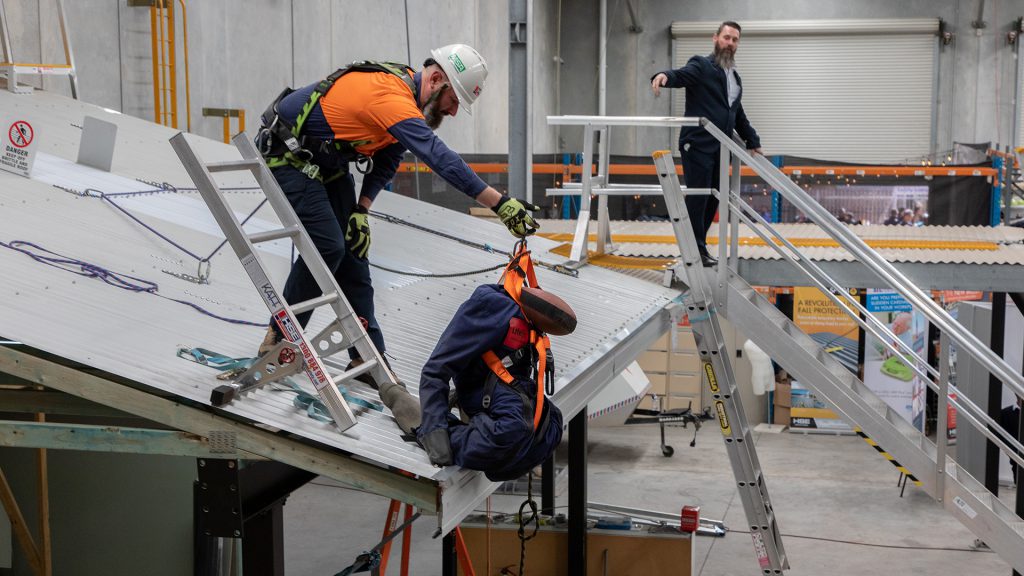
Creating holistic safety systems to protect people
At Height Safety Engineers, we are all about creating holistic safety systems in order to provide people with the best protection possible. This goes as much for building owners and facility managers as it does each individual worker attending a site and completing a job at height.
Improving safety takes commitment from every part of the work chain – from owners to managers and workers – to collaborate, discuss and trust that everyone is working towards the same outcome.
The experts at HSE bring decades of real-work experience in developing and implemented holistic safety systems to every job that we do. We are proud to be your partners in protecting people.
Call 1300 884 978 or email enquiries@heightsafety.net to start your safety journey with us today.

